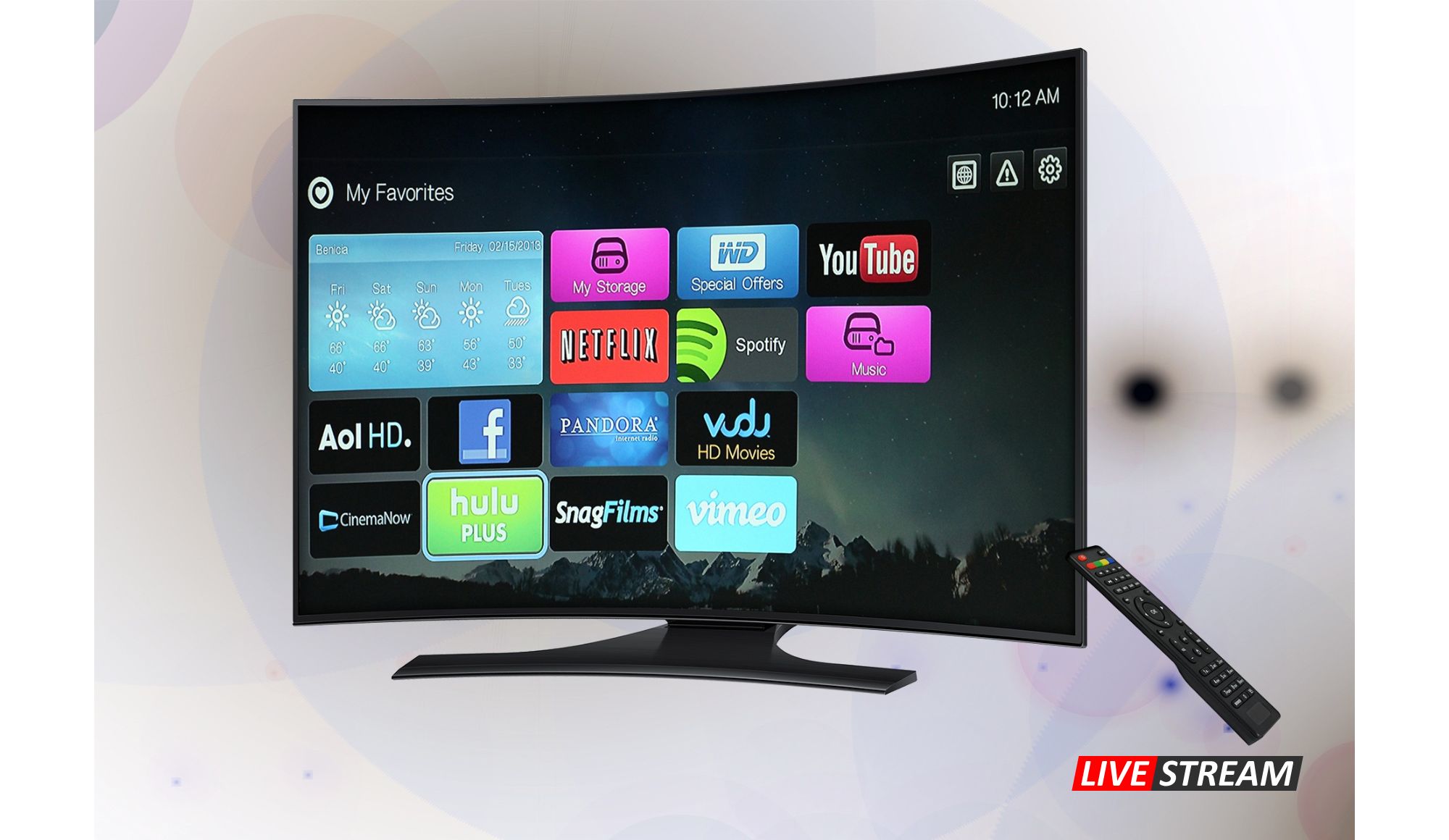Is Roku’s Amazon Deal a Game-Changer?
On the surface, Roku teaming up with Amazon might look like just another industry collaboration. But behind the headlines, this partnership could redefine how advertisers reach streaming audiences, and reframe Roku’s position in the connected TV arms race.
Announced on June 16, Roku’s integration with Amazon’s advertising platform unlocks a powerful new lever because it gives marketers access to Roku’s premium inventory directly through Amazon’s demand-side platform.
That may not sound groundbreaking at first blush, but it addresses one of the biggest bottlenecks in the CTV world, scaling targeted advertising efficiently across fragmented streaming platforms.
Here’s why this deal may well be the catalyst that reignites investor interest in Roku stock.
Key Points
-
Roku’s partnership with Amazon streamlines ad buying, boosting reach by 40% and cutting ad repetition by 30%, solving key monetization hurdles.
-
As the OS behind a third of North American TVs, Roku owns rare, first-party viewing data, offering advertisers precise targeting others can’t match.
-
Trading at just over 2.5x sales with over $1.5B in cash and no debt, Roku offers rare value in a hot sector, poised to benefit as streaming overtakes cable.
Roku Still Wears the CTV Crown, For Now
Despite Amazon’s sheer size and deep pockets, Roku still commands the largest share of the U.S. CTV market. As of the latest estimates, Roku controls over 40% of U.S. smart TV platform usage, outpacing Amazon’s Fire TV and Google TV. In fact, Roku’s operating system is embedded in one out of every three smart TVs sold in North America.
That dominance gives Roku enormous leverage. Now, thanks to the partnership, advertisers can access more than 80 million U.S. streaming households, covering over 80% of the total CTV universe, through a single interface: Amazon’s DSP. This isn’t just about convenience. It’s about precision.
In early tests, campaigns run through this integration delivered 40% more unique viewers without increasing the budget and reduced ad frequency, a big pain point, by 30%. That’s a major win in a media environment where wasted impressions translate to wasted dollars.
What investors may not realize is how much this helps Roku solve one of its biggest problems: monetization at scale. Roku’s ad stack, while powerful, isn’t as sophisticated or automated as Amazon’s. By piggybacking on Amazon’s infrastructure, Roku effectively outsources part of its monetization while retaining the lion’s share of its high-value inventory.
Roku’s Data Advantage
While most investors focus on Roku’s user count or ad impressions, what often gets overlooked is Roku’s dataset.
Roku sits on granular, first-party viewing data that isn’t just valuable, it’s increasingly rare. In the post-cookie world, where privacy rules have kneecapped traditional tracking, Roku’s household-level viewing insights offer a goldmine for advertisers hungry for deterministic targeting.
Even Netflix and Disney can’t match Roku’s level of insight into viewer behavior across both streaming services and ad-supported content. That’s because Roku doesn’t just stream shows, it’s the operating system underneath them.
This data advantage gets amplified in partnerships like the one with Amazon, where marketers can now access Roku’s insights through one of the most powerful DSPs in the world.
Growing Pains Abroad, Gains to Come?
To be fair, Roku’s road hasn’t been smooth lately. Average revenue per user plateaued in recent years and remains under pressure, especially as the company expands into lower-monetization regions like Latin America.
Critics might point to Roku’s decision to stop reporting ARPU altogether as a red flag. But there’s historical context here that savvy investors should consider.
Roku has used this playbook before. In the early days of its U.S. growth, it sold devices at a loss to get a foothold in living rooms. That move paid off handsomely, and the company now leads the market. Management appears to be playing the same long game internationally, prioritizing scale first, monetization later.
That patient approach could frustrate short-term traders but reward long-term shareholders, especially as global ad budgets shift toward CTV.
Slowly Shrinking the Red Ink
Roku remains unprofitable, which is a tough pill for some investors to swallow, especially in a market environment that increasingly rewards cash flow and punishes growth-at-all-costs stories. But the trend line is heading in the right direction.
In Q1, Roku posted $1 billion plus in revenue, a mid-teens jump year-over-year. Losses narrowed to under $0.20 per share from $0.35 the year prior. It’s not breaking even yet, but the company is clearly tightening its belt while growing its top line, an encouraging combination.
Another overlooked factor is Roku holds more than $1.5 billion in cash and short-term investments with no long-term debt.
That war chest gives it strategic optionality, whether that’s ramping up R&D, investing in international expansion, or riding out an ad spending downturn without resorting to layoffs or dilution.
A Rare Bargain in an Expensive Market?
Roku’s forward price-to-sales ratio sits at just north of 2.5x. In a market where growth stocks are trading at nosebleed valuations, Roku looks like a relative bargain, especially considering its leadership in one of the fastest-growing advertising sectors.
For context, The Trade Desk, a fellow CTV ad-tech company with slower revenue growth, is trading at nearly 20x sales. Even Netflix, whose ad business is still in its infancy, commands a much higher multiple.
That valuation gap could close fast if Roku starts demonstrating consistent margin expansion.
Now What?
Roku’s partnership with Amazon isn’t just a technical integration but a key unlock. It combines scale, data, and ad delivery in a way that solves real industry problems. More importantly, it validates Roku’s long-term role as the gateway to America’s streaming living rooms.
Despite uphill sledding, Roku is making steady progress where it counts in revenue growth, improved efficiency, and smarter monetization. Throw in a compelling valuation and a war chest to weather storms, and you’ve got a stock that’s surprisingly under-appreciated.
If you believe streaming will continue eating cable’s lunch, and that smart advertisers will follow audiences wherever they go, then Roku deserves another look. Especially now.



